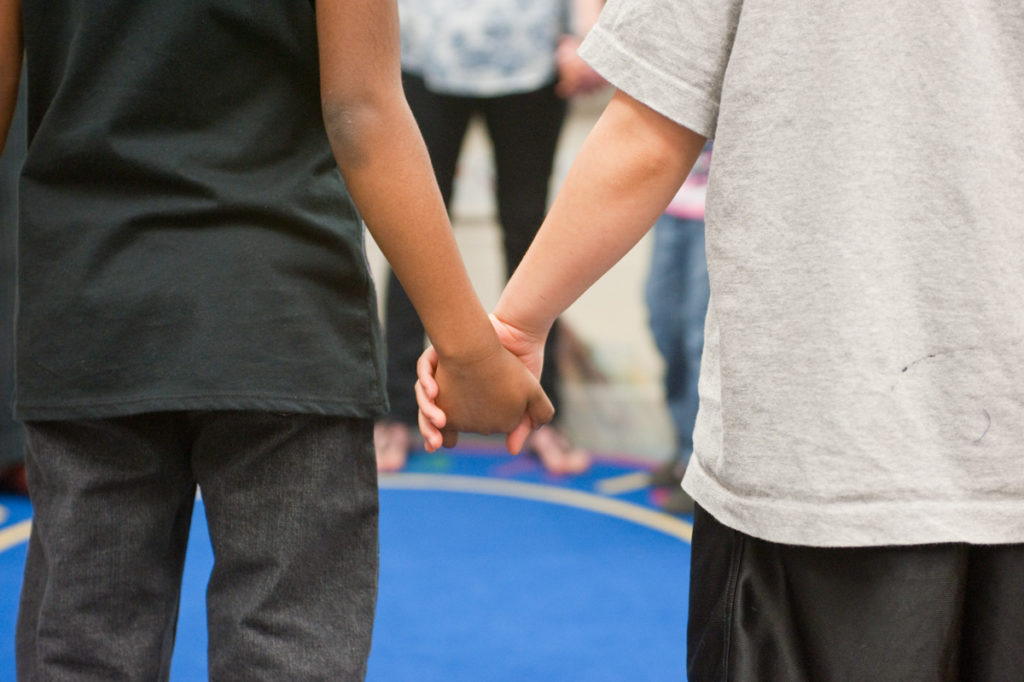
I recently had the pleasure of spending two full days at Garfield Elementary School in Springfield, Virginia, a school that has been using the Responsive Classroom approach for close to ten years. After that visit, I am fully convinced that the best teachers teach love.
The thing that struck me immediately about Garfield was that the teachers exuded patience, kindness, and respectfulness. They modeled selflessness in their language and interactions; they did so consistently, with each other and, most importantly, with the students. Theirs is a school culture that demonstrates and teaches love.
So, the next question is, “How does love translate into student learning?”
I’ll start with the answer that is obvious to me: We want students to engage in and love the content we teach. We want them to love math, science, art, music, English, writing, social studies, PE, and technology. We want them to love learning.
For it is through a love of learning and appreciation for these disciplines that we nurture a literate and engaged society where students go on to further these disciplines, solve some of our most pressing problems, and ask or answer questions that make a positive difference in our society.
There was also something missing at Garfield. Notably absent was anxiety, the kind of anxiety and frustration that generally results when fear is used to produce student engagement and behavioral changes. This use of fear often manifests as warnings about what will happen in the next year or next grade if a student doesn’t produce a desired result on a test, or get quickly enough to a desired behavior: “If you don’t _______, then _________ next year.” You fill in the blanks.
I suspect this remarkable absence of fear is because love and fear cannot occupy the same space. These students loved their school and their school experience. They looked forward to coming to school the next day. At the end of the school day, each of their teachers used a closing circle to reflect on the day and help students acknowledge their strengths as well as to focus specifically on what they needed to work on the next day for self-improvement.
In the last class I visited, a first grader stepped away briefly from an engaging math activity on patterns to ask me if I was a new student in the class. He was eager to make me feel a part of this community, to welcome me into this learning space. He showed a genuine interest in me and a readiness to extend this newcomer a hand of kindness.
This was the same kindness and welcoming spirit that permeated his classroom and school. Just seventeen days into his second year of school, this young learner was developing two important competencies: recognizing math patterns and recognizing and honoring the value of every person. He was engaged in and expressed joy in doing both; that is because his teacher, and indeed his entire school, was teaching, modeling, and fostering love, for the content and for each other.
Teaching love. It’s what teachers do!
Lora Hodges is executive director of Center for Responsive Schools, Inc.